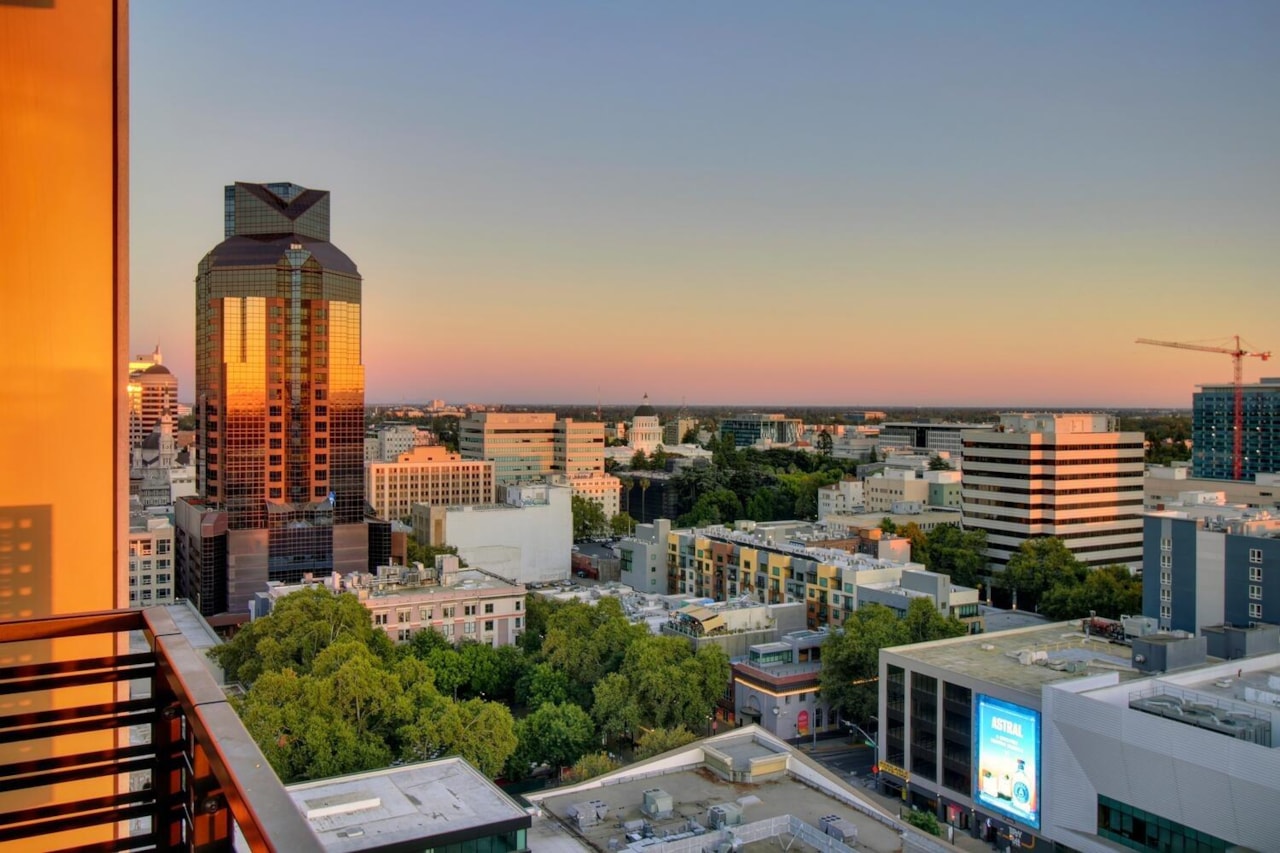As urban populations continue to grow, the concept of vertical living—residing in high-rise buildings—has become an increasingly prominent solution for housing density, especially in major cities worldwide. High-rise homes offer a unique blend of benefits and challenges, catering to diverse lifestyles and preferences. From luxurious penthouses with breathtaking views to more modest apartments that provide urban convenience, vertical living is reshaping how people live, work, and interact in cities.
The future of vertical living involves innovative architectural designs, sustainable construction practices, and enhanced community spaces that offer a better quality of life. This blog will explore the appeal of high-rise homes, the driving forces behind their popularity, and what the future holds for vertical living in urban environments.
1. The Rise of High-Rise Living
High-rise buildings, typically defined as structures with multiple stories that are primarily used for residential purposes, have been a staple in urban development for decades. However, the 21st century has seen a surge in demand for vertical living, driven by several key factors:
- Urbanization: Rapid urbanization has led to increased demand for housing in cities, where land is scarce and expensive. High-rise buildings maximize land use by accommodating more people within a smaller footprint.
- Population Growth: As populations grow, especially in megacities like New York, Tokyo, Mumbai, and Shanghai, vertical living offers a practical solution to address housing shortages.
- Desire for Urban Convenience: Many people, especially young professionals and empty-nesters, prefer to live closer to work, cultural amenities, and entertainment, which high-rise apartments in city centers often provide.
- Technological Advancements: Innovations in construction technology, such as prefabrication and high-strength materials, have made building taller, more efficient, and safer than ever before.
2. The Appeal of High-Rise Homes
The appeal of high-rise homes is multifaceted, offering numerous advantages that cater to modern urban lifestyles:
a. Maximized Urban Space
- Efficient Land Use: High-rise buildings make efficient use of limited urban land, allowing cities to grow vertically rather than sprawling outward. This helps preserve green spaces and reduces the need for long commutes.
- Increased Housing Supply: By accommodating more people in a concentrated area, high-rise developments help alleviate housing shortages and stabilize property prices in densely populated cities.
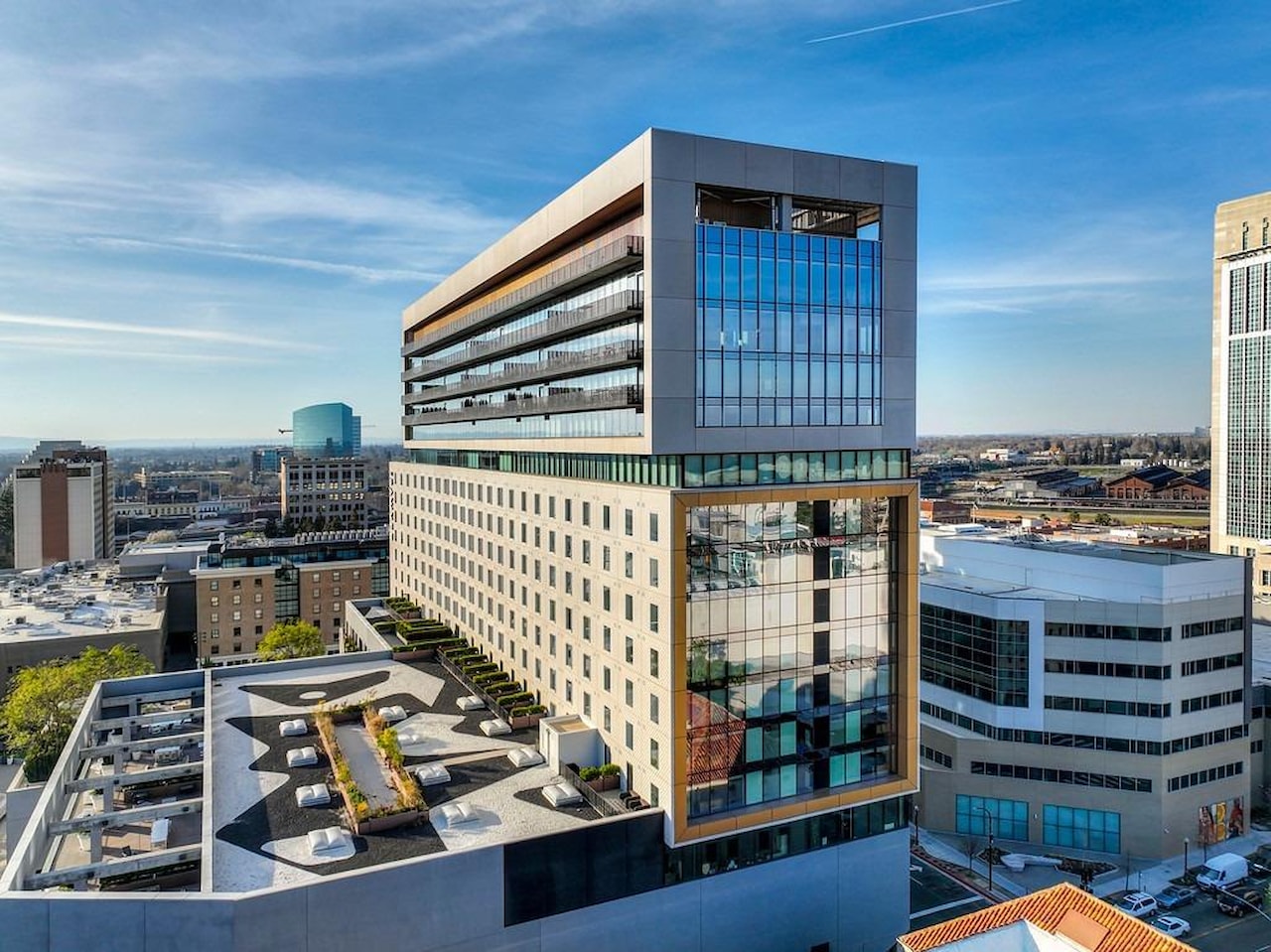
b. Stunning Views and Natural Light
- Panoramic Views: One of the most attractive features of high-rise living is the potential for stunning views of the city skyline, waterfronts, parks, or mountains. Apartments on higher floors often come with unobstructed panoramic views, which are highly coveted.
- Abundant Natural Light: High-rise homes typically offer more natural light, especially on upper floors. Large windows and open layouts are common features that enhance living spaces by making them feel more spacious and connected to the outside world.
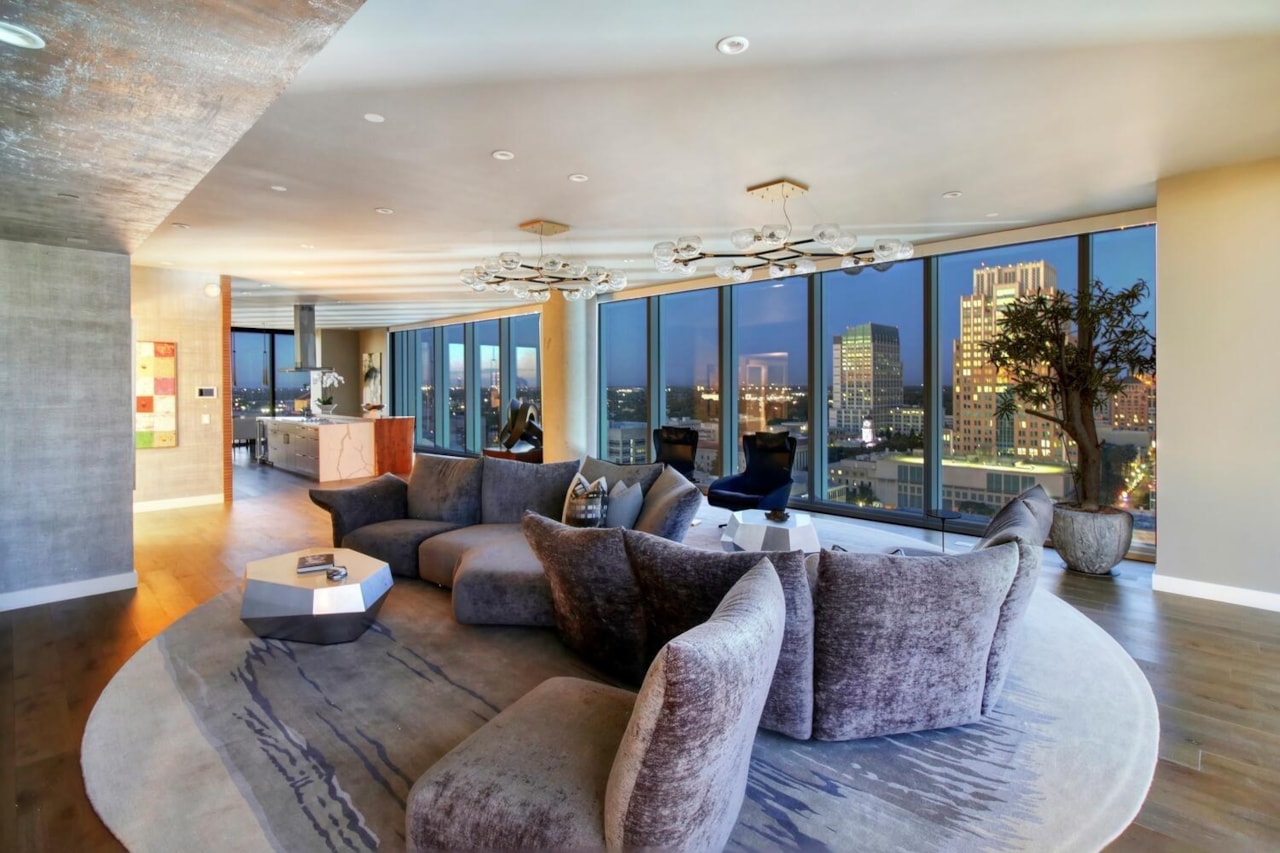
c. Access to Modern Amenities
- Luxury Facilities: Many high-rise buildings are equipped with modern amenities, such as fitness centers, swimming pools, rooftop gardens, coworking spaces, concierge services, and even shopping centers. These facilities offer residents a convenient and luxurious lifestyle.
- Community Spaces: High-rise buildings often feature shared spaces that promote a sense of community among residents. This can include lounges, communal kitchens, children’s play areas, and event spaces, fostering social interaction and engagement.
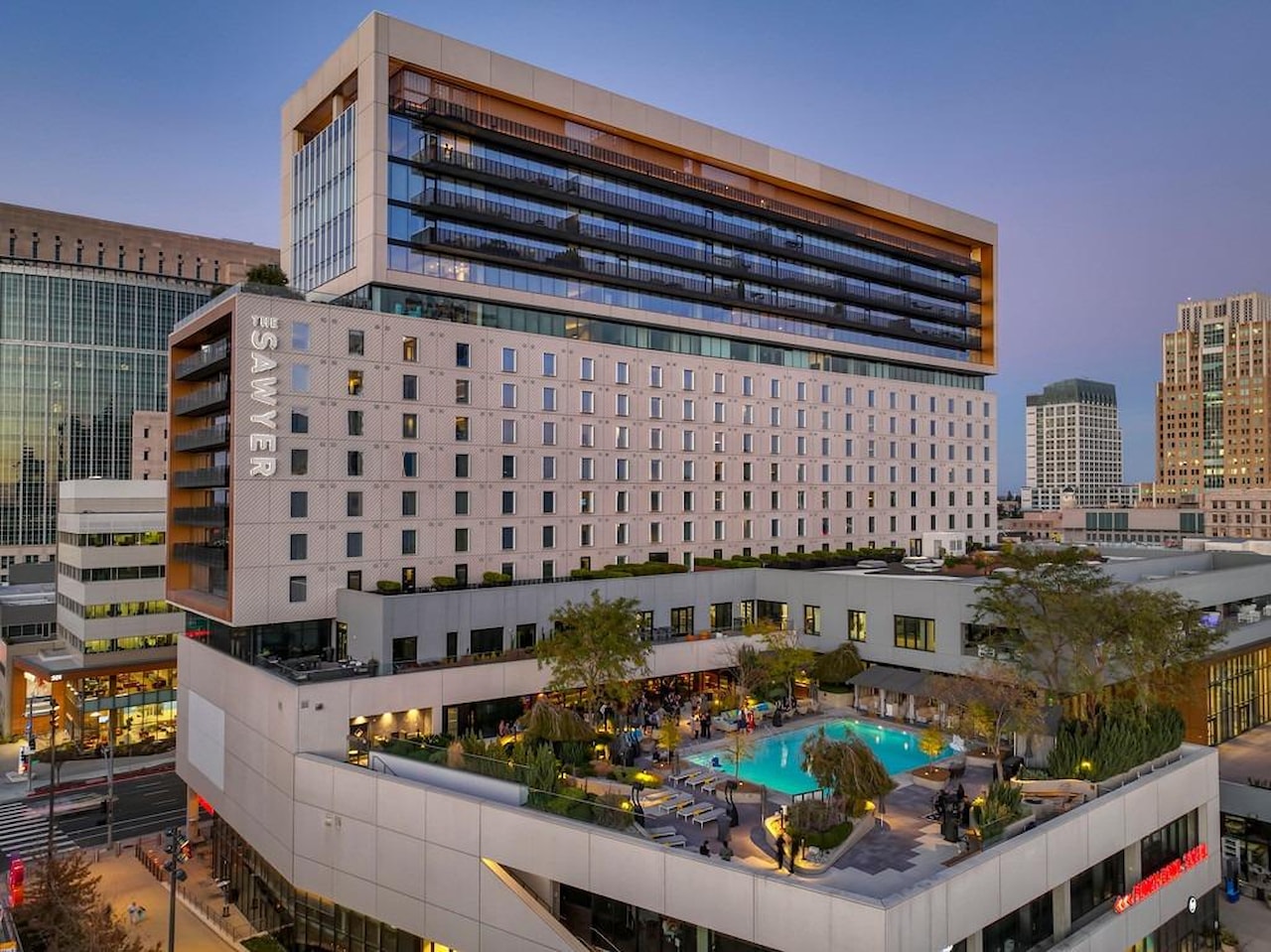
d. Enhanced Security and Privacy
- Controlled Access: High-rise buildings typically have multiple layers of security, including doormen, 24/7 surveillance, keycard access, and security guards. This makes them attractive to residents who prioritize safety and privacy.
- Private Living: Being elevated above street level, high-rise homes can offer greater privacy and seclusion from the hustle and bustle of urban life.
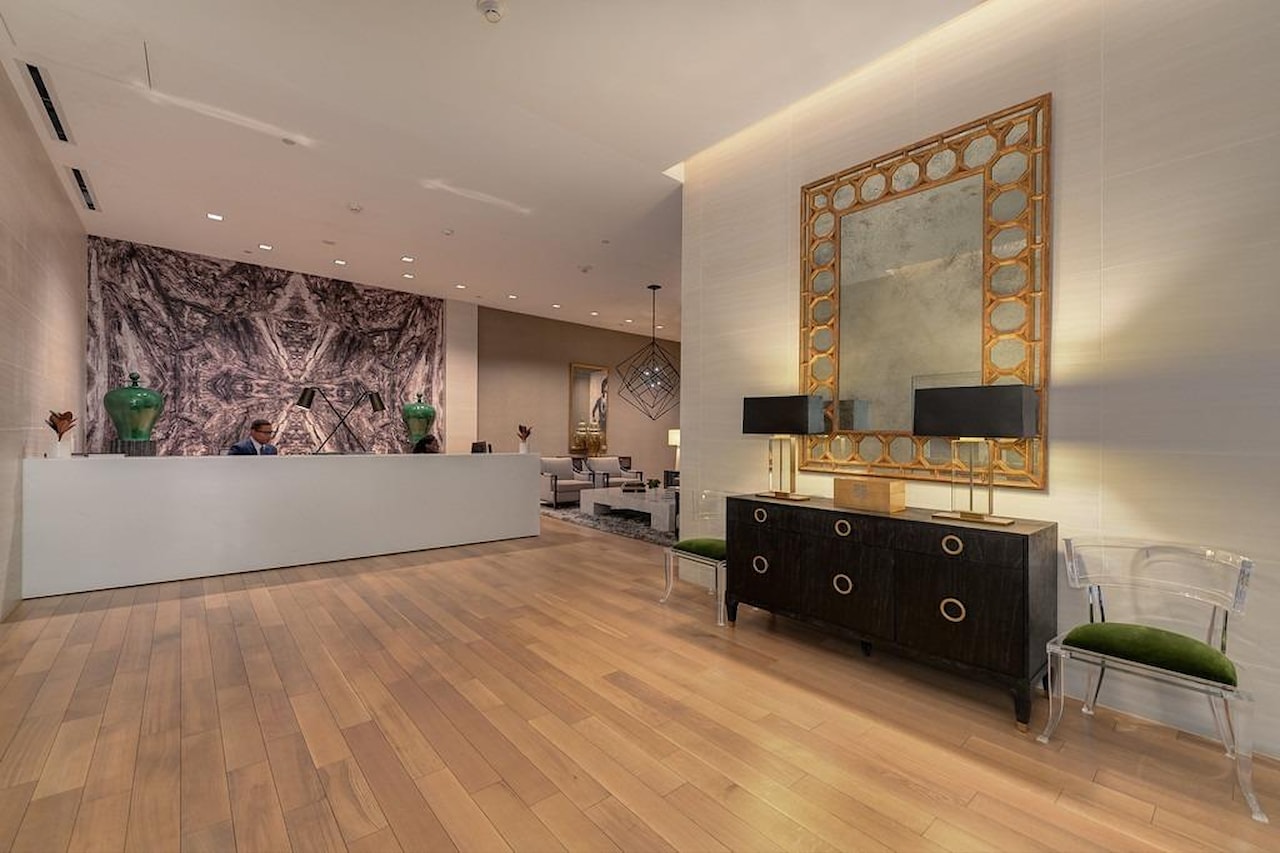
e. Proximity to Urban Centers
- Convenient Location: High-rise buildings are often located in prime urban areas, close to work, dining, shopping, entertainment, and public transportation. This accessibility reduces commuting time and enhances the quality of life for urban dwellers.
- Walkability: Living in high-rise buildings in city centers often means greater walkability, allowing residents to access essential services and leisure activities without relying on cars.
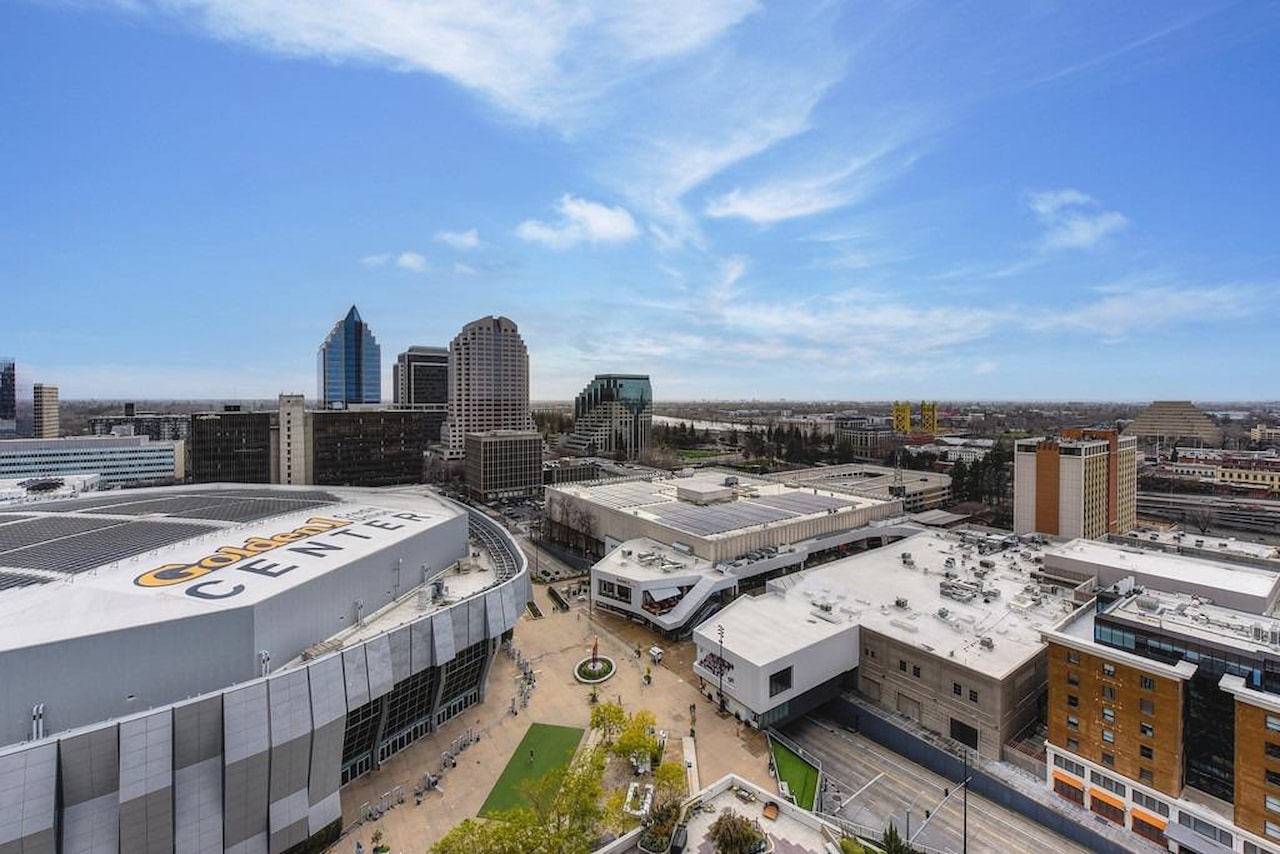
3. Challenges of High-Rise Living
While high-rise homes offer numerous benefits, they also come with certain challenges that need to be considered:
a. High Cost of Living
- Premium Prices: Apartments in high-rise buildings, especially those with premium views or in prime locations, tend to be more expensive than low-rise alternatives. High purchase prices, along with costly maintenance fees, can make them unaffordable for some.
- Maintenance and Association Fees: The amenities and services that high-rise buildings offer come at a cost. Monthly association fees for maintenance, security, and shared amenities can be significant.

b. Vertical Transportation and Accessibility Issues
- Dependence on Elevators: Living in a high-rise building means a reliance on elevators, which can cause inconvenience if they are crowded, slow, or malfunctioning. In emergencies, such as fires or power outages, accessing upper floors can be challenging.
- Accessibility for Families and the Elderly: High-rise living may not be ideal for families with young children or elderly residents who prefer direct access to outdoor spaces like gardens or playgrounds.

c. Potential for Social Isolation
- Less Interaction with Nature: High-rise living can sometimes feel disconnected from the natural environment, as it reduces direct access to outdoor spaces like yards, gardens, and parks.
- Reduced Sense of Community: Despite shared amenities, the sheer size and density of high-rise buildings can sometimes lead to a sense of anonymity among residents, reducing the close-knit community feeling that is often found in low-rise or suburban neighborhoods.
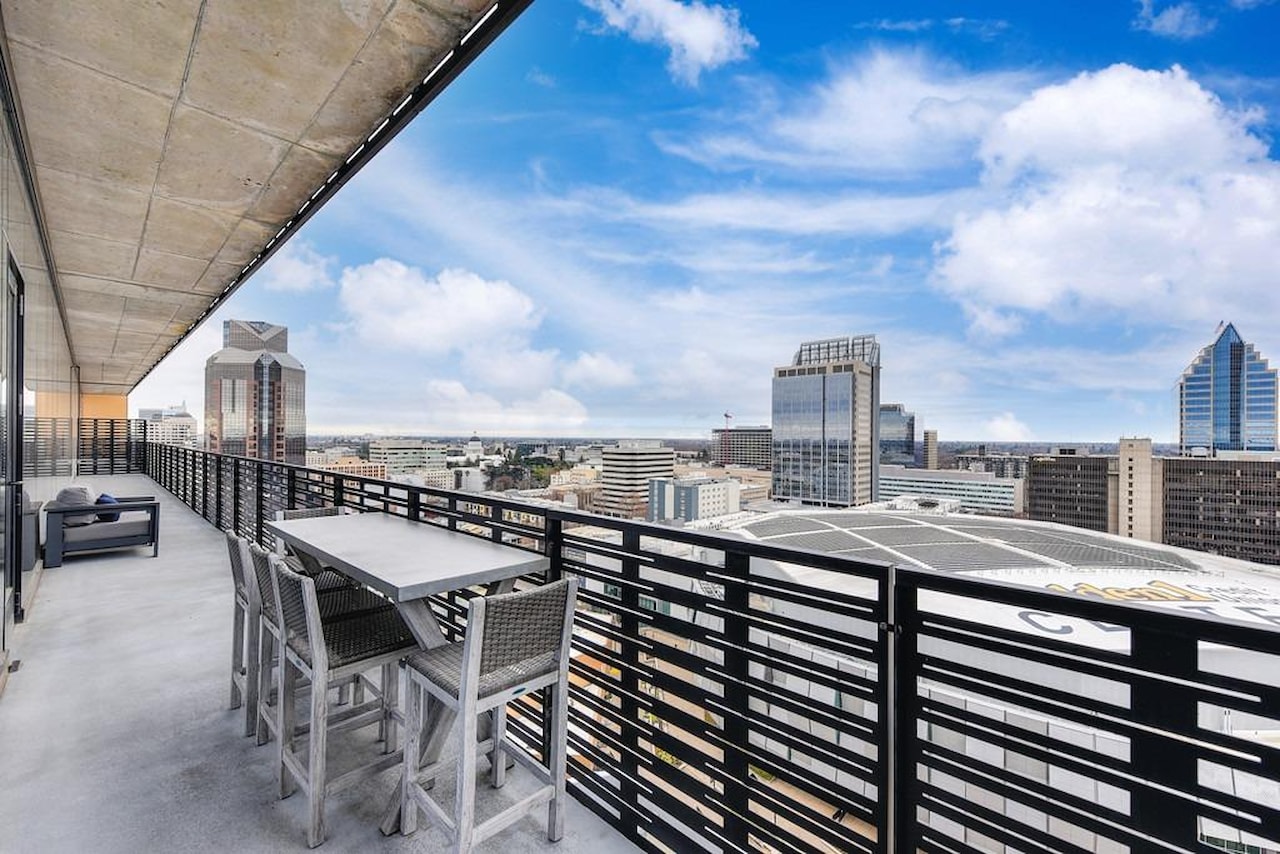
4. The Future of Vertical Living: Trends and Innovations
As the trend toward vertical living continues, several emerging trends and innovations are set to shape the future of high-rise homes:
a. Sustainable and Green Building Practices
- Eco-Friendly Design: The future of high-rise living lies in sustainable architecture. This includes energy-efficient building materials, green roofs, solar panels, rainwater harvesting systems, and smart energy management systems.
- Vertical Gardens and Green Spaces: Integrating green spaces, such as vertical gardens, sky terraces, and green walls, into high-rise buildings helps create a more natural environment, improves air quality, and provides residents with relaxation and recreational spaces.
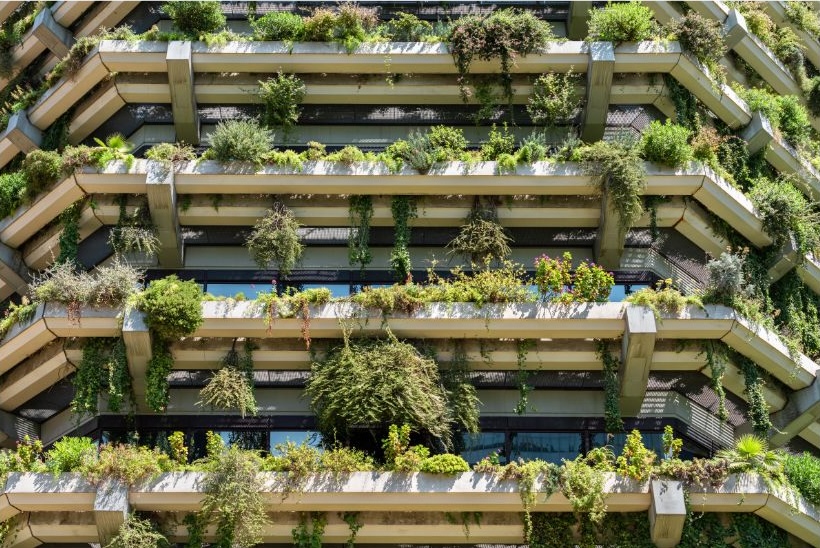
b. Smart Home Technology Integration
- IoT and Automation: The integration of smart home technologies, such as IoT (Internet of Things) devices, automated climate control, and advanced security systems, is becoming more common in high-rise buildings. These technologies offer enhanced comfort, convenience, and energy efficiency.
- Smart Building Management: Future high-rises will increasingly feature smart building management systems that optimize energy usage, control lighting, monitor air quality, and provide predictive maintenance, leading to reduced operational costs and improved sustainability.
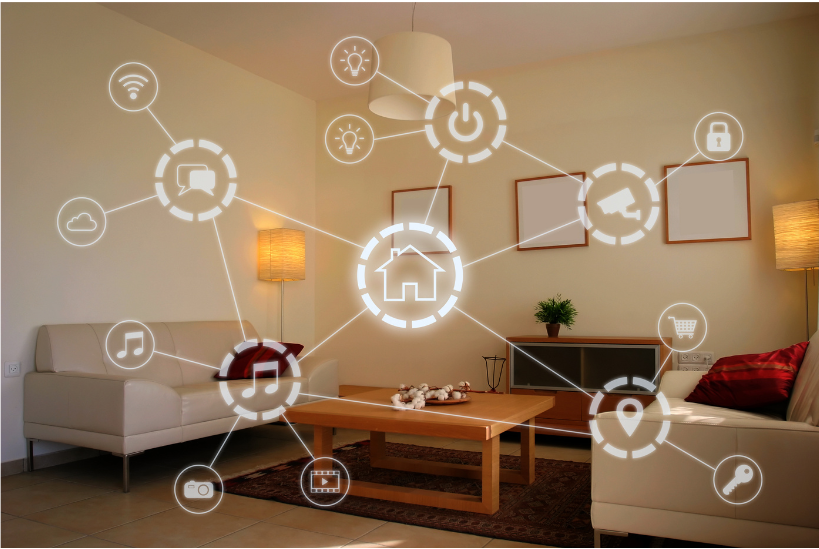
c. Mixed-Use Developments
- Live-Work-Play Environments: Mixed-use high-rise developments that combine residential, commercial, and recreational spaces within a single building or complex are gaining popularity. These developments offer a “live-work-play” environment where residents can work, shop, dine, and relax without leaving the building.
- Community-Centric Design: Designing high-rises with a focus on community-centric spaces, such as coworking areas, communal kitchens, rooftop gardens, and cultural hubs, promotes social interaction and enhances the living experience.
d. Innovations in Vertical Transportation
- Advanced Elevator Systems: Innovative vertical transportation systems, such as multi-directional elevators, faster lifts, and smart queuing systems, are being developed to improve the flow and accessibility of high-rise buildings.
- Emergency Solutions: Future high-rises may feature improved safety designs for emergencies, such as fire-resistant elevators, enhanced evacuation routes, and drone-based rescue solutions.
e. Modular and Prefabricated Construction
- Faster and Cost-Effective Construction: The use of modular and prefabricated construction methods is on the rise, allowing for faster and more cost-effective construction of high-rise buildings. This approach also minimizes waste and ensures high-quality, factory-built components.
- Flexible Design Solutions: Prefabrication allows for flexible design solutions that can be easily customized to meet the needs of diverse populations, offering a more inclusive approach to vertical living.
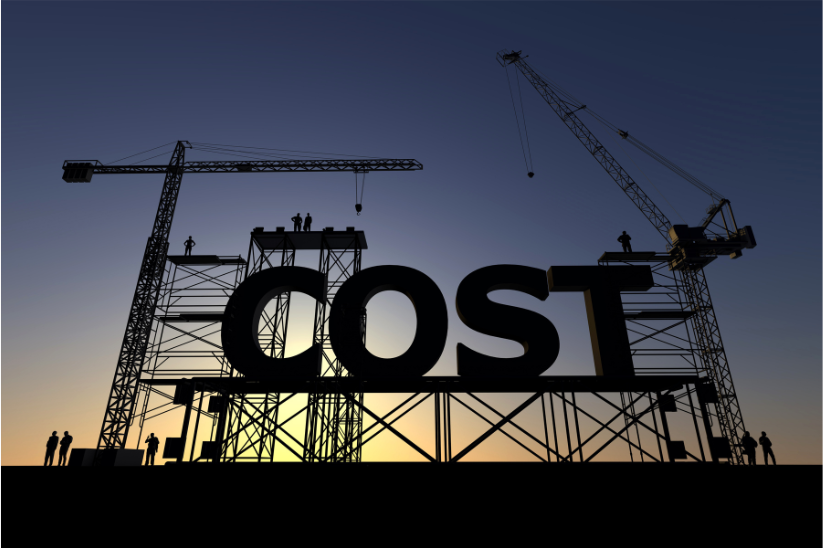
5. High-Rise Living in the Context of Urban Planning
As cities continue to grow, urban planners and developers must carefully consider the role of high-rise buildings in creating sustainable and livable environments:
- Urban Density and Infrastructure: High-rise living can help manage urban density and reduce urban sprawl, but it requires robust infrastructure, such as efficient public transportation, schools, healthcare facilities, and green spaces, to support large populations.
- Balancing Vertical and Horizontal Growth: While high-rises are essential for maximizing space in densely populated cities, a balanced approach that includes low-rise and mid-rise developments, public parks, and open spaces is crucial for creating diverse and vibrant urban landscapes.
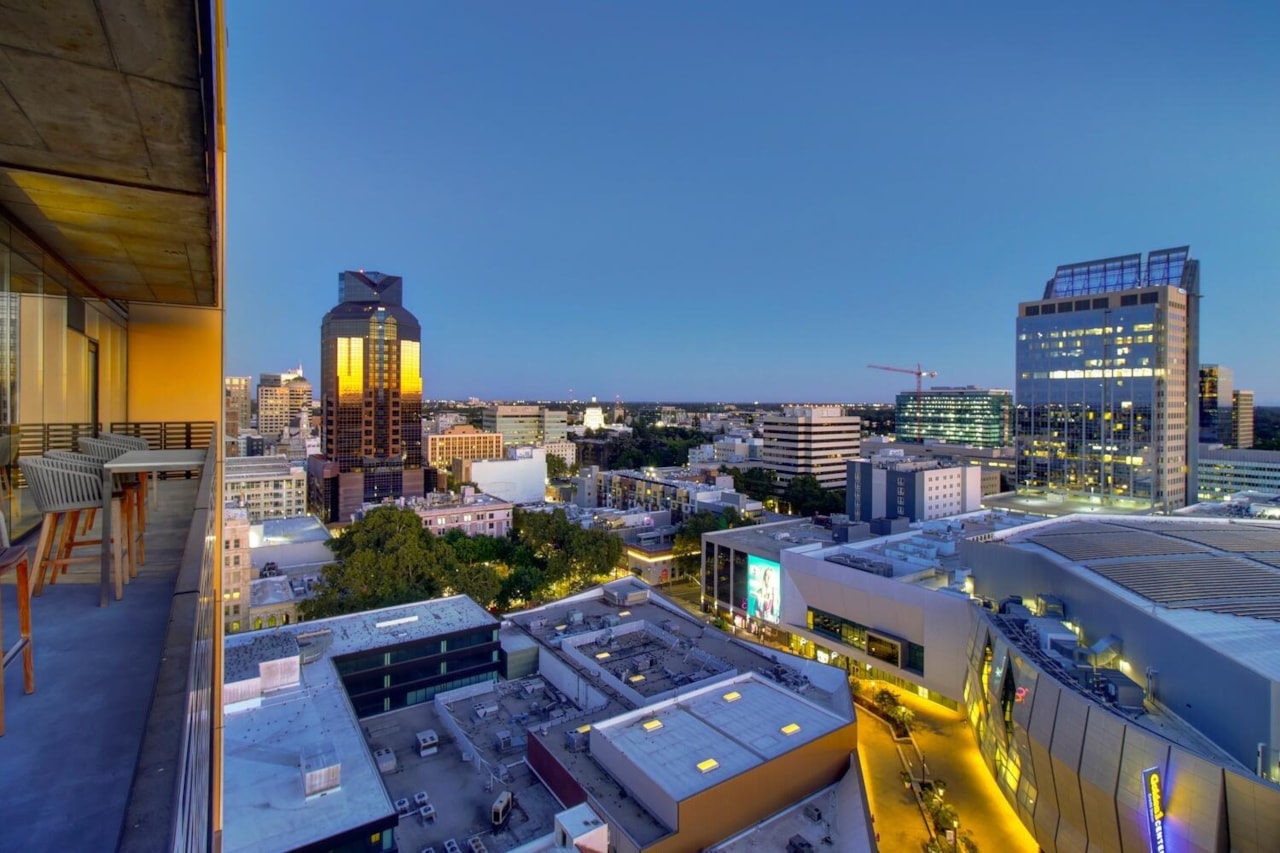
Conclusion
The future of vertical living is bright, driven by innovative architectural designs, sustainable construction practices, and an increased focus on community and smart technology integration. High-rise homes offer a solution to urban challenges, providing space-efficient, convenient, and modern living options that cater to a wide range of preferences and lifestyles.
As cities continue to grow and evolve, the appeal of high-rise living will likely increase, making it a cornerstone of future urban development. However, careful consideration of the associated challenges, such as affordability, accessibility, and social dynamics, will be essential to ensure that vertical living benefits all urban residents and contributes to more sustainable, inclusive, and vibrant cities.
If there’s anything we can do to support you or if you have any questions about real estate please feel free to reach out to me and my team we would be happy to help you. We love being Sacramento’s real estate resource. Till next time Sacramento!


